

| Region rejsu : Azja |
| Firma : Celebrity Cruises |
| Statek : Celebrity Millennium |
| Data rozpoczęcia : wt. 27 sty 2026 |
| Data zakończenia : niedz. 08 lut 2026 |
| Liczba nocy : 12 nocy |
| Dzień | Data | Port | Wypłynięcie | Odpłynięcie |
|---|---|---|---|---|
| 1 | 27.01 wt. | Singapur / Singapur | 20:00 | |
| 2 | 28.01 śr. | Dzień na morzu / Morze | ||
| 3 | 29.01 czw. | Tanjung Pinang / Malaysia | 08:00 | 18:00 |
| 4 | 30.01 pt. | Phuket / Thailand | 07:00 | 19:00 |
| 5 | 31.01 sob. | Dzień na morzu / Morze | ||
| 6 | 1.02 niedz. | Dzień na morzu / Morze | ||
| 7 | 2.02 pon. | Hambantota / Sri Lanka | 09:00 | 20:00 |
| 8 | 3.02 wt. | Colombo / Sri Lanka | 07:00 | 16:00 |
| 9 | 4.02 śr. | Kachi Kothi / Pakistan | 14:00 | |
| 10 | 5.02 czw. | Kachi Kothi / Pakistan | 17:00 | |
| 11 | 6.02 pt. | Dzień na morzu / Morze | ||
| 12 | 7.02 sob. | Mumbaj (Bombaj) / Indie | 06:30 | |
| 13 | 8.02 niedz. | Mumbaj (Bombaj) / Indie |
Zakwaterowanie w kabinie wybranej kategorii;
Posiłki w ramach all inclusive (z wyjątkiem alternatywnych restauracji);
Napoje: woda, herbata, kawa w punktach samoobsługowych na statku;
Wszystkie publiczne rozrywki na pokładzie (wieczorne pokazy, kluby nocne, muzyka na żywo itp.);
Udział dzieci w klubach dziecięcych;
Korzystanie z basenów i jacuzzi;
Siłownia, boisko sportowe, zajęcia grupowe;
Obsługa kabin;
Opłaty portowe, podatki i opłaty;
W przypadku kategorii kabin (apartamentów) typu Retreat – Ultra all inclusive:
Wszystkie powyższe usługi są wliczone w cenę;
Szlafroki do użytku na pokładzie;
Pakiet napojów premium;
Premium Wi-Fi.
Dodatkowo płatne:
przelot;
transfery;
wizy na trasie;
hotel przed i po rejsie (w razie potrzeby);
napiwki dla personelu*;
alternatywne restauracje;
napoje alkoholowe i niektóre napoje bezalkoholowe;
Internet i telefon na pokładzie;
kasyno na pokładzie;
usługi pralnicze/czyszczenie chemiczne;
salon kosmetyczny, centrum SPA;
wycieczki po portach (opcjonalnie).
*Wysokość napiwku zależy od wybranej kategorii kabiny:
(kabina wewnętrzna, z oknem, z balkonem, Infinity Veranda) kosztuje 18,00 USD za osobę dziennie,
w przypadku kabin Concierge i AquaClass – 18,50 USD za osobę dziennie,
a w przypadku apartamentów – 23,00 USD za osobę dziennie.
Koszt napiwku jest automatycznie doliczany do faktury końcowej. Jeśli zapłacisz napiwek z góry podczas rezerwacji rejsu, nie zostanie on uwzględniony na rachunku końcowym.
PAKIETY NAPOJOWE CELEBRITY CRUISES
Dostępne są zarówno alkoholowe, jak i bezalkoholowe pakiety rejsowe, które zaspokoją każdy gust.
Nowy pakiet All Inclusive zawiera Klasyczny Pakiet Napojów, który pozwala cieszyć się nielimitowaną ilością wody, piwa, koktajli, mrożonych napojów i win lane do 10 dolarów za porcję. Klasyczny Pakiet Napojów obejmuje również 15% zniżki na wszystkie butelki wina.
Pakiety Napojów Premium obejmują wszystkie opcje dostępne w Klasycznych Pakietach Napojów, a także kawę premium, świeże soki, soki butelkowane i puszkowane, San Pellegrino, Red Bull, wodę witaminową, mrożoną herbatę Fair Trade, piwo rzemieślnicze i rzemieślnicze, likiery premium, Coca-Colę, wodę butelkowaną premium, wina lane do 17 dolarów oraz 20% zniżki na wino butelkowane.
Pakiet Klasyczny
W ramach Pakietu Klasycznego możesz wybierać spośród niesamowitej oferty piw, alkoholi, koktajli, likierów, mrożonych napojów i win lane w cenie do 10 USD za porcję. Otrzymasz również 15% zniżki na wszystkie wina butelkowane. Cena Pakietu Klasycznego zaczyna się od 89 USD za dzień.
Pakiet Premium
Już od 109 USD za dzień, Pakiet Premium obejmuje autorskie kawy i herbaty, piwa rzemieślnicze i rzemieślnicze, alkohole, koktajle, mrożone napoje, produkty Coca-Coli, wodę butelkowaną premium oraz wina na kieliszki do 17 USD za porcję. Otrzymasz również 20% zniżki na wszystkie wina butelkowane.
*Należy wybrać pakiet All Inclusive, który obejmuje Klasyczny Pakiet Napojów, Podstawowy Pakiet Internetowy oraz napiwki i obowiązuje w kabinach AquaClass®, z wyjątkiem Galapagos. Wszyscy goście w kabinie muszą wybrać ten sam pakiet cenowy.
Pakiet Napojów Zero Proof
Pakiet Napojów Zero Proof kosztuje 30 USD za dzień. Pakiet ten obejmuje wszystkie niezbędne rzeczy, takie jak świeżo wyciskane soki, kawę i herbatę premium oraz wodę butelkowaną.
W zależności od terminu rejsu, aby potwierdzić kabinę, należy dokonać płatności zgodnie z harmonogramem.
Po dokonaniu przedpłaty, kierownik potwierdza zgłoszenie w systemie rejsowym.
Zaliczka (przedpłata)
Czas trwania rejsu 1-5 nocy - 100 USD/osoba
6 lub więcej nocy - 450 USD/osoba
Płatność całości najpóźniej na 60 dni przed rozpoczęciem rejsu
Płatność całości (rejsy w okresie 24-31 grudnia) najpóźniej na 90 dni przed rozpoczęciem rejsu
Standardowe kary dla rejsów Celebrity
Okres anulowania
Zasady anulowania
90-61 dni przed przyjazdem
1-5 nocy 35 USD/osoba
6 nocy lub więcej 70 USD/osoba
60–46 dni przed przyjazdem w wysokości zaliczki
45–31 dni przed przyjazdem 25% całkowitego kosztu rejsu, nie mniej niż zaliczka
30–15 dni przed przyjazdem 50% całkowitego kosztu rejsu, nie mniej niż zaliczka
14 dni przed przyjazdem/nieobecność na pokładzie 100% kosztu rejsu
Kary za rejsy noworoczne Celebrity (24–31 grudnia)
Okres, w którym nastąpiło anulowanie Warunki anulowania
90-61 dni przed przyjazdem W wysokości zaliczki
60-46 dni przed przyjazdem 25% całkowitego kosztu rejsu, nie mniej niż kwota zaliczki
50% całkowitego kosztu rejsu, nie mniej niż kwota zaliczki
45-31 dni przed przyjazdem 50% całkowitego kosztu rejsu, nie mniej niż kwota zaliczki
30-15 dni przed przyjazdem 75% całkowitego kosztu rejsu, ale nie mniej niż kwota zaliczki
14 dni przed przyjazdem/nieobecność na pokładzie 100% kosztu rejsu
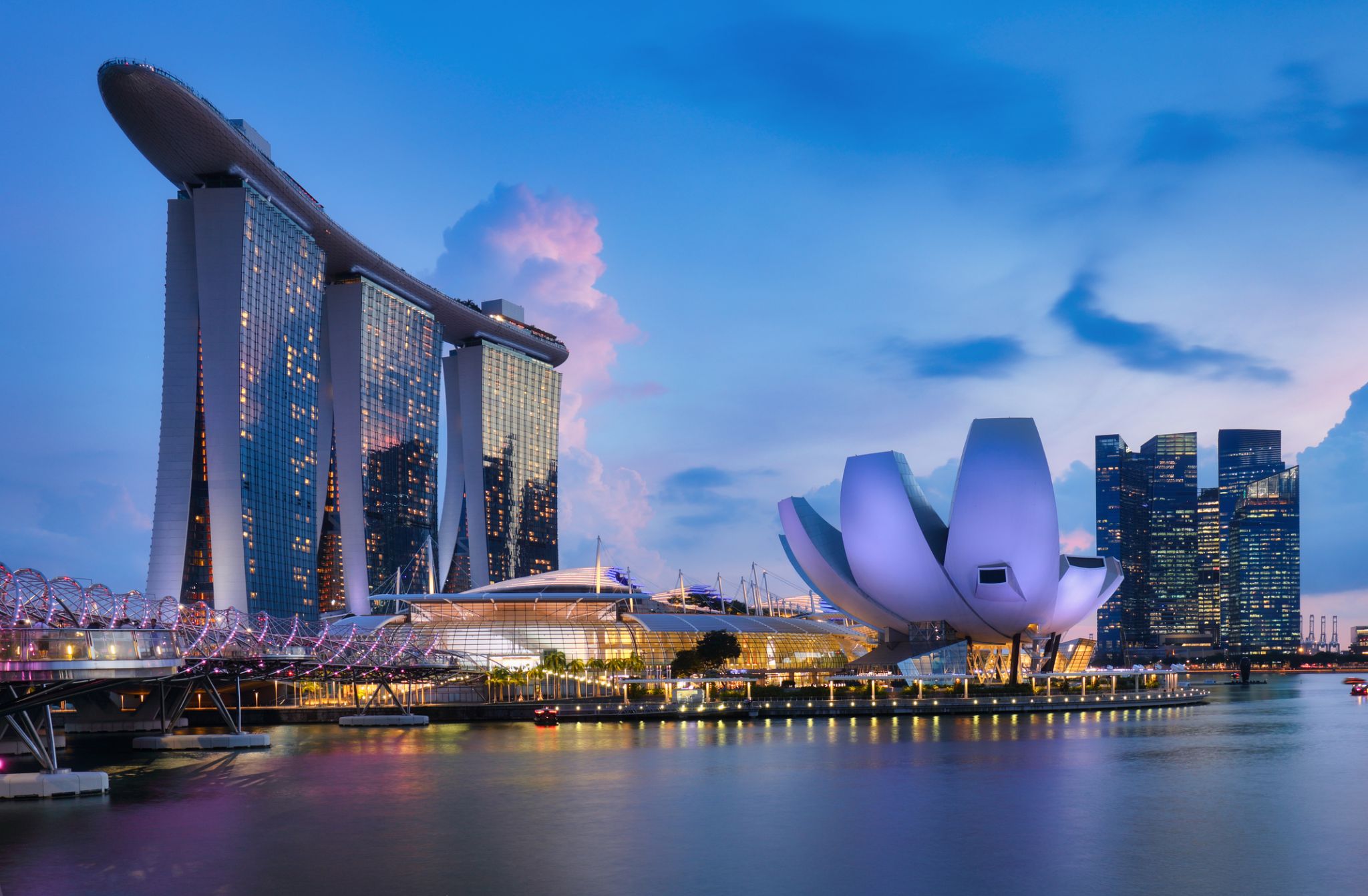

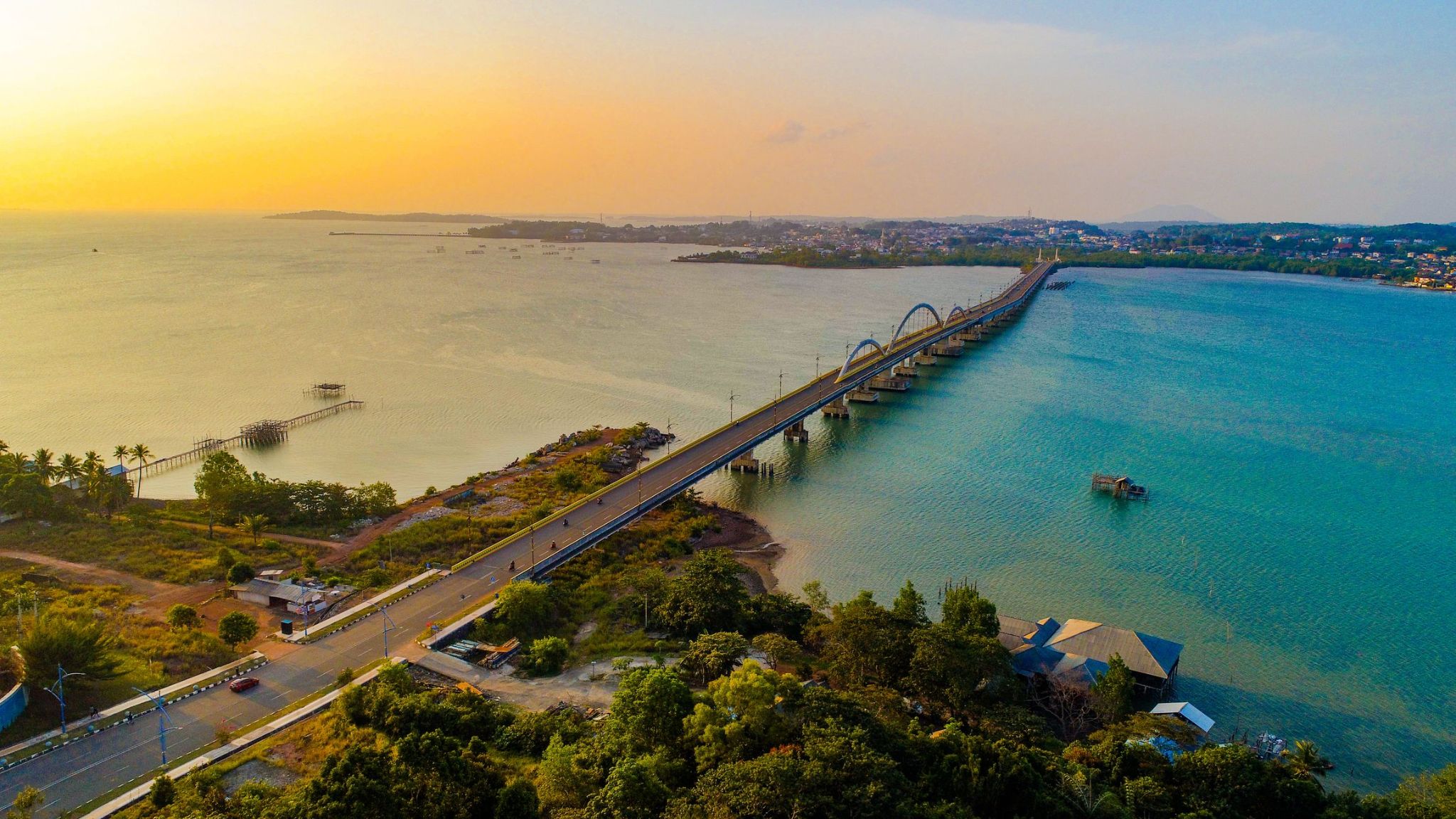
Skarbnica cudów natury i wielowiekowych tradycji, Tanjung Pinang zaprasza podróżników na wyjątkową podróż śladami kultury i malowniczymi zakątkami. Tutaj nowoczesne udogodnienia harmonijnie współgrają z duchem starożytnych targowisk i przytulnych nadmorskich dzielnic, gdzie morska bryza wypełnia płuca świeżością, a uśmiechy mieszkańców rozgrzewają serce.
Spacerując wąskimi uliczkami i bazarami Tanjung Pinang, odkryjesz perełki architektury kolonialnej, meczety i chińskie świątynie, a także zasmakujesz bogatej kuchni z najświeższymi owocami morza i egzotycznymi przyprawami. Miłośników plażowania ucieszą białe plaże i krystalicznie czysta woda na pobliskiej wyspie Bintan, a wieczorny zachód słońca zapewni niezapomnianą romantykę i poczucie prywatności.

Phuket is one of the southern provinces (changwat) of Thailand. It consists of the island of Phuket, the country's largest island, and another 32 smaller islands off its coast. It lies off the west coast of Thailand in the Andaman Sea. Phuket Island is connected by the Sarasin Bridge to Phang Nga Province to the north. The next nearest province is Krabi, to the east across Phang Nga Bay.


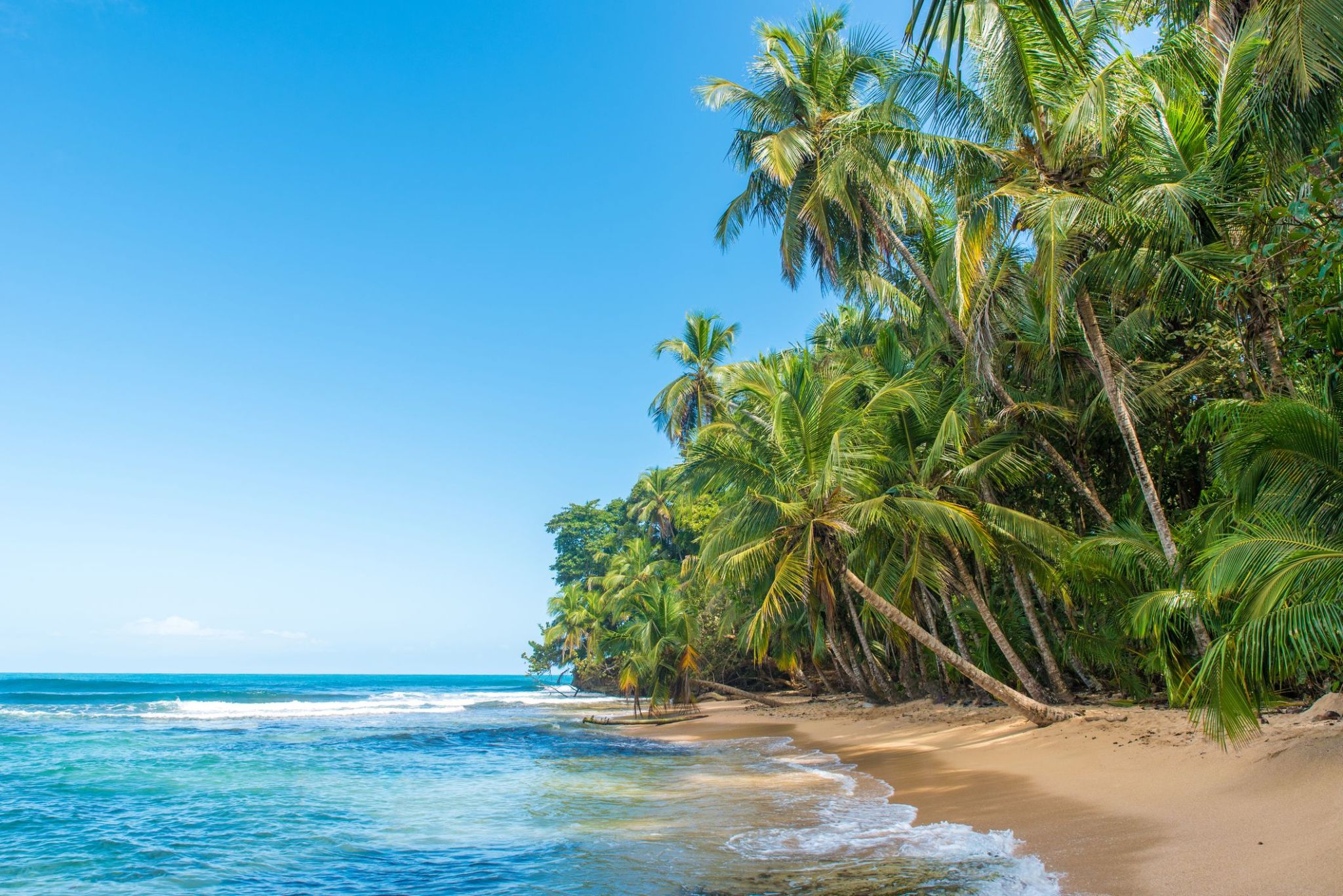
Ukryte na południowym wybrzeżu Sri Lanki, Hambantota to brama do regionu, gdzie egzotyczna przyroda spotyka się z nowoczesnymi ambicjami kraju. Opuszczone plaże przechodzą w zielone wzgórza, a urokliwe wioski rybackie sąsiadują z dużymi projektami infrastrukturalnymi, takimi jak nowoczesny port i lotnisko, czyniąc miasto ważnym ośrodkiem strategicznym.
Hambantota to idealne miejsce dla podróżnych szukających nietypowych tras: safari w pobliskim parku narodowym Yala, obserwacja ptaków w rezerwacie Bundala oraz zwiedzanie lokalnych świątyń buddyjskich zapewnią niezapomniane wrażenia. Miejscowa kuchnia, oparta na świeżych owocach morza i aromatycznych przyprawach, dopełnia obraz idealnego wypoczynku z dala od tłumów turystów.
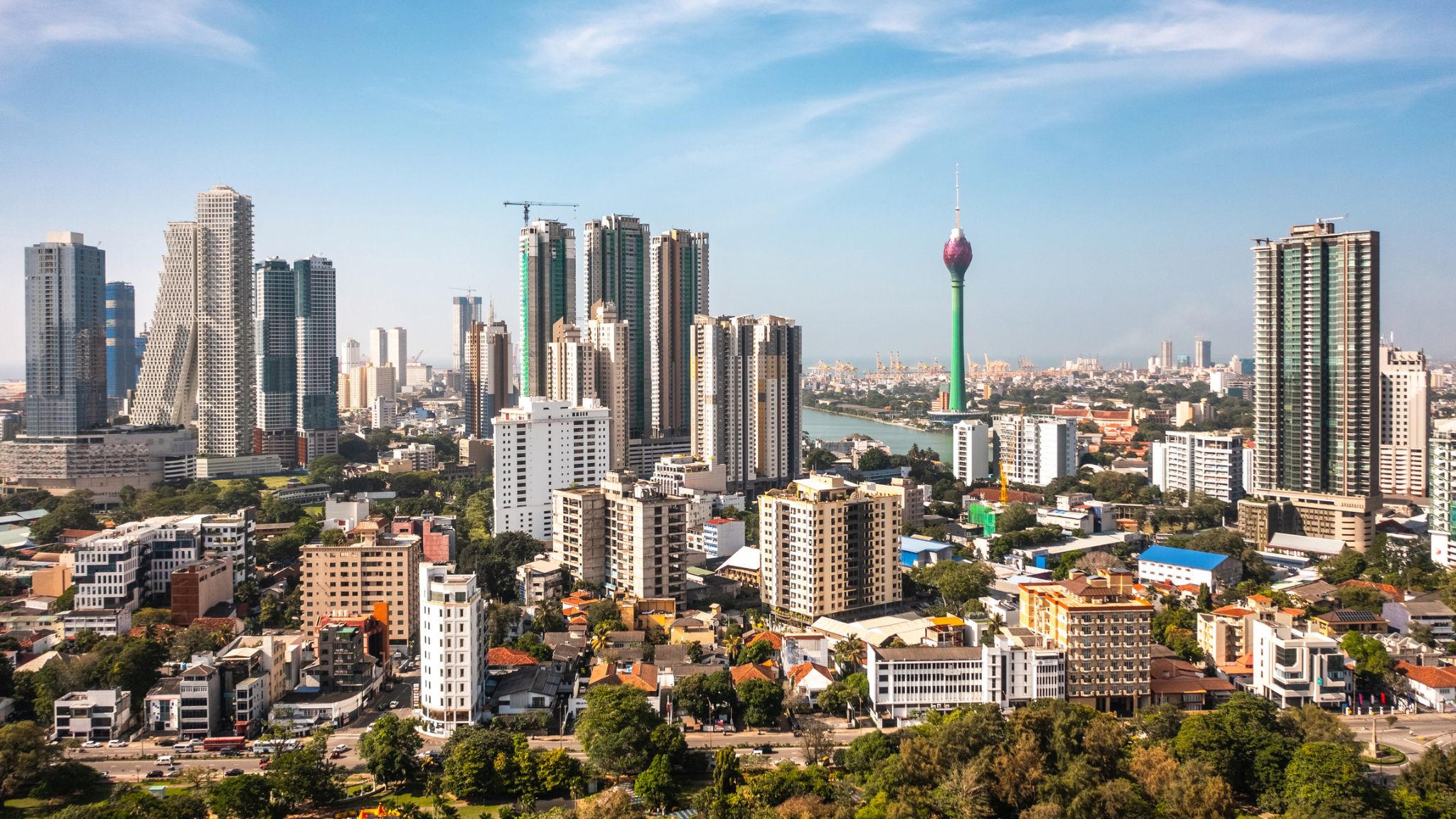
Colombo is the commercial capital and largest city of Sri Lanka. According to the Brookings Institution, Colombo metropolitan area has a population of 5.6 million, and 752,993 in the city proper. It is the financial centre of the island and a popular tourist destination. It is located on the west coast of the island and adjacent to the Greater Colombo area which includes Sri Jayawardenepura Kotte, the legislative capital of Sri Lanka and Dehiwala-Mount Lavinia. Colombo is often referred to as the capital since Sri Jayawardenepura Kotte is within the urban area of, and a suburb of, Colombo. It is also the administrative capital of the Western Province and the district capital of Colombo District. Colombo is a busy and vibrant place with a mixture of modern life and colonial buildings and ruins. It was the legislative capital of Sri Lanka until 1982.
Due to its large harbour and its strategic position along the East-West sea trade routes, Colombo was known to ancient traders 2,000 years ago. It was made the capital of the island when Sri Lanka was ceded to the British Empire in 1815, and its status as capital was retained when the nation became independent in 1948. In 1978, when administrative functions were moved to Sri Jayawardenepura Kotte, Colombo was designated as the commercial capital of Sri Lanka.
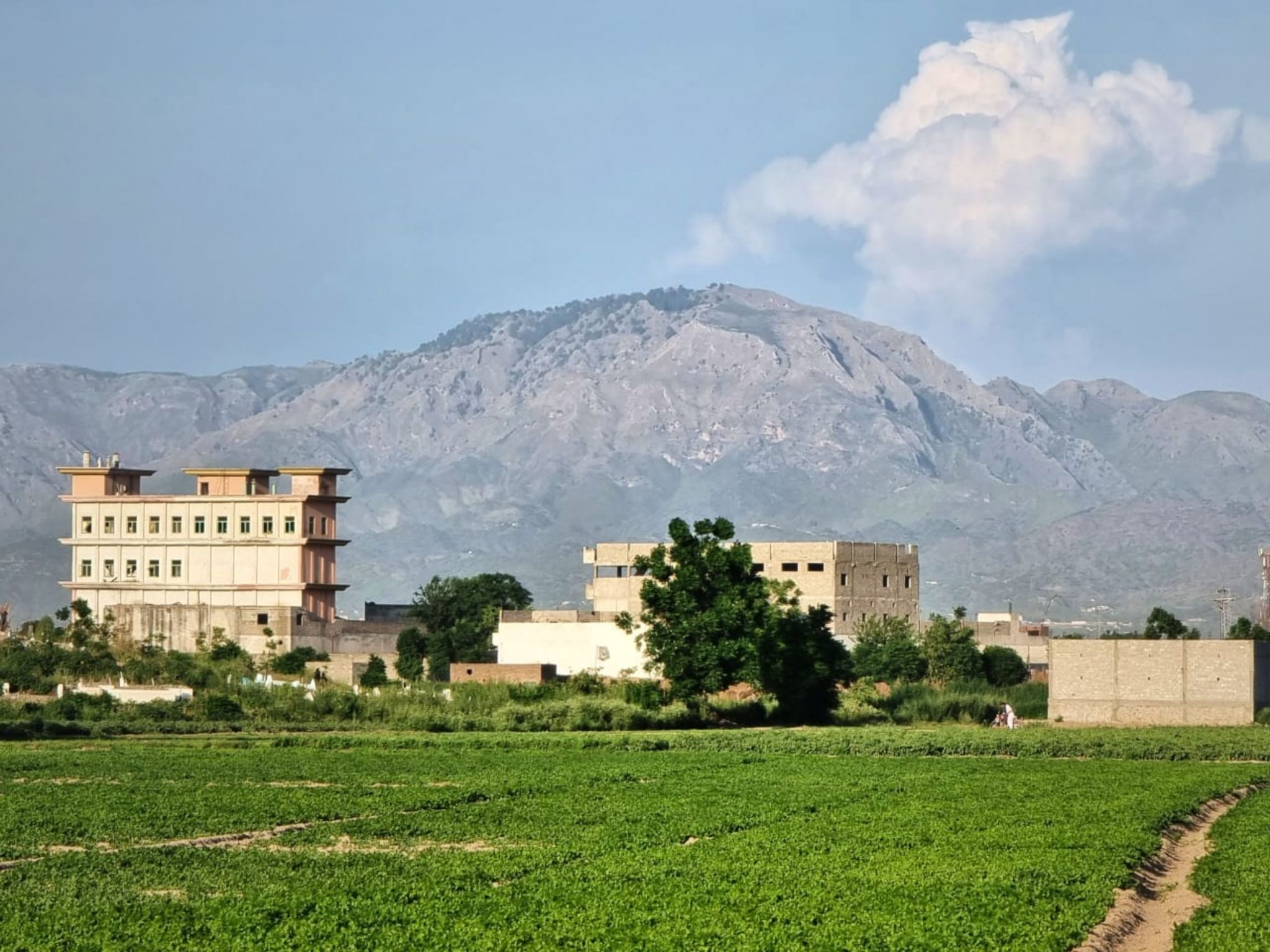


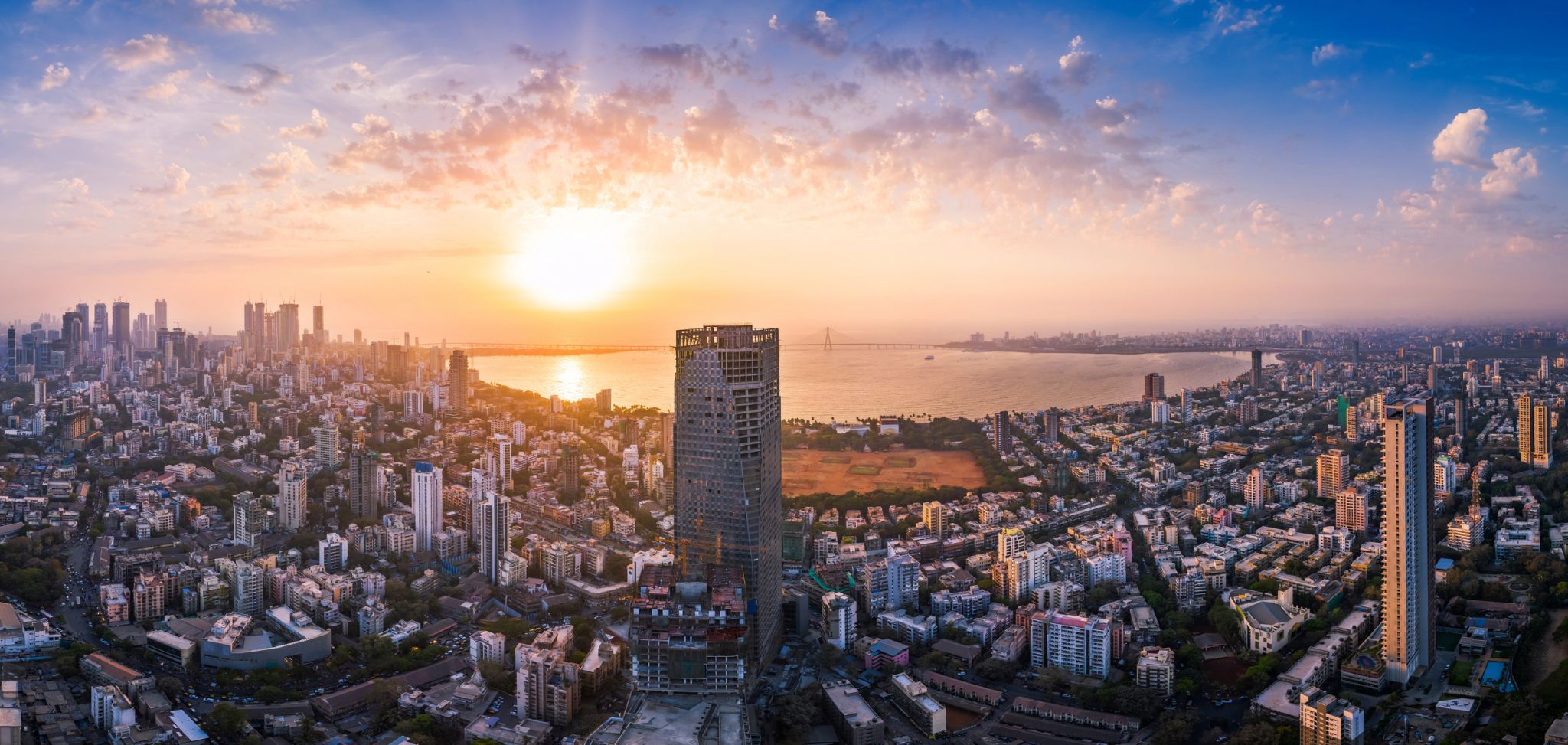
Mumbaj jest stolicą indyjskiego stanu Maharasztra. Jest najludniejszym miastem w Indiach, z szacowaną populacją samego miasta wynoszącą 12,4 miliona według stanu na 2011 rok. Wraz z sąsiednimi regionami Bombajskiego Regionu Metropolitalnego jest drugim co do wielkości obszarem metropolitalnym w Indiach, z populacją 21,3 miliona według stanu na 2016 rok. Mumbaj leży na wybrzeżu Konkan na zachodnim wybrzeżu Indii i posiada głęboki naturalny port. W 2008 roku Mumbaj został uznany za miasto światowe alfa. Jest także najbogatszym miastem w Indiach i ma największą liczbę milionerów i miliarderów spośród wszystkich miast w Indiach. W Mumbaju znajdują się trzy obiekty światowego dziedzictwa UNESCO: Jaskinie Elefanta, Dworzec Kolejowy Chhatrapati Shivaji Maharaj Terminus oraz charakterystyczny zespół wiktoriańskich i art deco budynków miasta.

Mumbaj jest stolicą indyjskiego stanu Maharasztra. Jest najludniejszym miastem w Indiach, z szacowaną populacją samego miasta wynoszącą 12,4 miliona według stanu na 2011 rok. Wraz z sąsiednimi regionami Bombajskiego Regionu Metropolitalnego jest drugim co do wielkości obszarem metropolitalnym w Indiach, z populacją 21,3 miliona według stanu na 2016 rok. Mumbaj leży na wybrzeżu Konkan na zachodnim wybrzeżu Indii i posiada głęboki naturalny port. W 2008 roku Mumbaj został uznany za miasto światowe alfa. Jest także najbogatszym miastem w Indiach i ma największą liczbę milionerów i miliarderów spośród wszystkich miast w Indiach. W Mumbaju znajdują się trzy obiekty światowego dziedzictwa UNESCO: Jaskinie Elefanta, Dworzec Kolejowy Chhatrapati Shivaji Maharaj Terminus oraz charakterystyczny zespół wiktoriańskich i art deco budynków miasta.